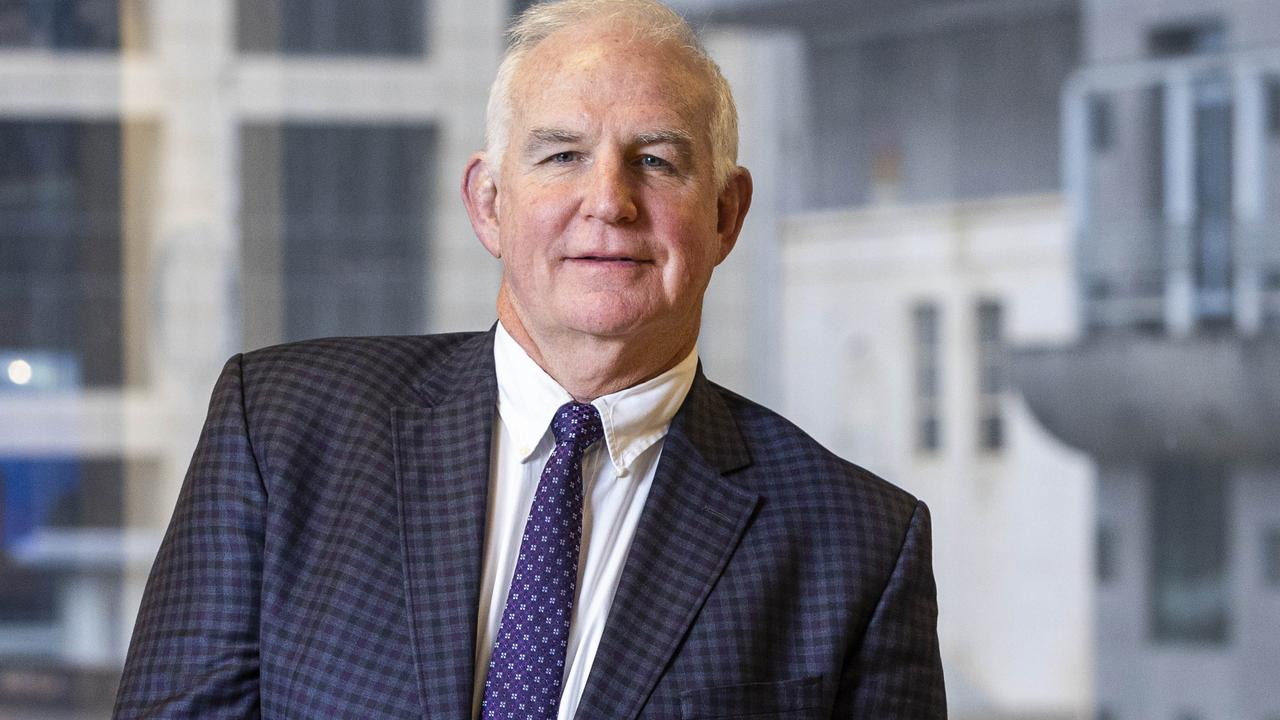Woodside Petroleum to spend $7bn on new energy bet covering hydrogen, solar, carbon capture
The energy giant is increasingly looking to invest in areas spanning hydrogen, carbon capture and solar thermal energy on top of its giant LNG spending.

Business
Don't miss out on the headlines from Business. Followed categories will be added to My News.
Woodside Petroleum plans to spend $US5bn ($7bn) on hydrogen and carbon capture this decade as it seeks to pivot into clean energy, but has conceded the move will deliver lower returns with a longer payback period compared with its mainstay oil and gas business.
The new energy growth plan could boast potential capacity of 3000 megawatts by 2030 as Woodside looks to cut its emissions by 30 per cent by the end of the decade.
However, returns will be targeted at 10 per cent or more with a payback period of a decade compared with over 15 per cent and five years for oil and at least 12 per cent and seven years for gas investments.
“The three pillars that we anticipate investing in – oil, gas and new energy – offer different outcomes financially as well as for the portfolio,” Woodside chief executive Meg O’Neill told investors as part of a strategy update on Wednesday.
“Being resilient through the energy transition, we need to be investing in all three pillars and each of them offers different things.”
The move by Woodside is being made amid a broader challenge to the oil and gas industry to lift its response to climate change pressures.
Its focus on hydrogen in particular will put it on a competitive footing for the first time with Andrew Forrest’s Fortescue Metals, which is rapidly expanding into the energy source through its Fortescue Future Industries offshoot.
Still, Woodside needed to be careful making an economic case for its new energy ambitions given the “overhang” that FFI presented to Fortescue, Credit Suisse said.
“We consider it important that Woodside provides a clear economic case for any material green spend to avoid the overhang that FFI presents to Fortescue,” Credit Suisse analyst Saul Kavonic said.
“Much of the $US5bn target in green investment remains subject to studies and investment hurdles appropriately in our view, so is mostly tentative and unlikely to materially impact the near-term spending profile.”
The West Australian producer’s $40bn merger with BHP Petroleum will catapult it into a top 10 global energy player next year and, while Woodside expects oil and gas to remain a big earnings contributor, it is increasingly looking to invest in areas spanning hydrogen, carbon capture and solar thermal energy.
Woodside called out hydrogen for heavy vehicle transport and ammonia for power generation as two near-term areas of focus for its customers, following a string of announcements in the sector including a huge export plant south of Perth called H2Perth and plans to build a pilot production plant, known as H2TAS, at Bells Bay in Tasmania.
The company is also looking to build a solar thermal demonstration plant in California with Heliogen, along with a liquid hydrogen project called H2OK in Oklahoma.
Carbon capture and storage developments are also being considered, including a large-scale, multi-user concept near WA’s Karratha and a consortium with BP and Japan Australia LNG to explore the technology.
“We expect that in the mid-2020s the transition to new energy will be under way, including the start-up of the first of our own projects,” Ms O’Neill said.
Energy majors globally are under mounting pressure to develop renewables and low-carbon businesses given climate pressures from investors and the growing electrification of the transport and power industries.
Still, the $US5bn investment over a decade split across multiple projects is relatively modest compared to Woodside’s $16.5bn bet on its Scarborough gas project in WA, helping supply gas to Asian customers for the next 30 years.
The Scarborough investment has stoked protests by climate campaigners and came a year after it was forced to delay the facility due to low oil prices.
With the world agreeing to phase out fossil fuel subsidies and phase down coal, gas producers are confident in robust demand for several decades to come.
Australia’s climate modelling predicts coal exports will halve by 2050, but the gas industry would keep growing.
Woodside shares gained 2.1 per cent to close at $22.40 on Wednesday.
Originally published as Woodside Petroleum to spend $7bn on new energy bet covering hydrogen, solar, carbon capture









